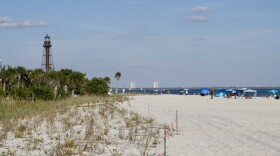The cracks already were showing in the United States economy when the stock market came crashing down on October 28, 1929. The market plunged 12.8 percent that day, known as Black Monday. Same headline different day – Black Tuesday – when the market fell another 12 percent. The crash started a panic through the financial world. The market lost nearly 50 percent of its value by mid-November and the Great Depression had arrived.
The depression followed a decade of unbridled growth. The Dow Jones Industrial Average increased nearly 600 percent between August 1921 and September 1929. Technology drove the economy. Families bought radios, cars and refrigerators. They flocked to the movies, to speakeasies. After all, this was the Roaring Twenties.
The economy screeched to a halt after the crash. Unemployment peaked at 25 percent. The United States didn’t shake off the depression until the start of World War II.

The song “Brother Can You Spare a Dime,” also called “Brother Can You Spare Me a Dime,” became the anthem of the Great Depression. It came out in 1932, during the height of the Depression, as part of a musical revue. It was one of the most popular songs of that year. The melody was based on a Russian-Jewish lullaby. Bing Crosby and Rudy Vallee recorded the best -known versions.
By the way, if that song was written today, it wouldn’t be a dime, it would be “Brother Can You Spare $2.16.








